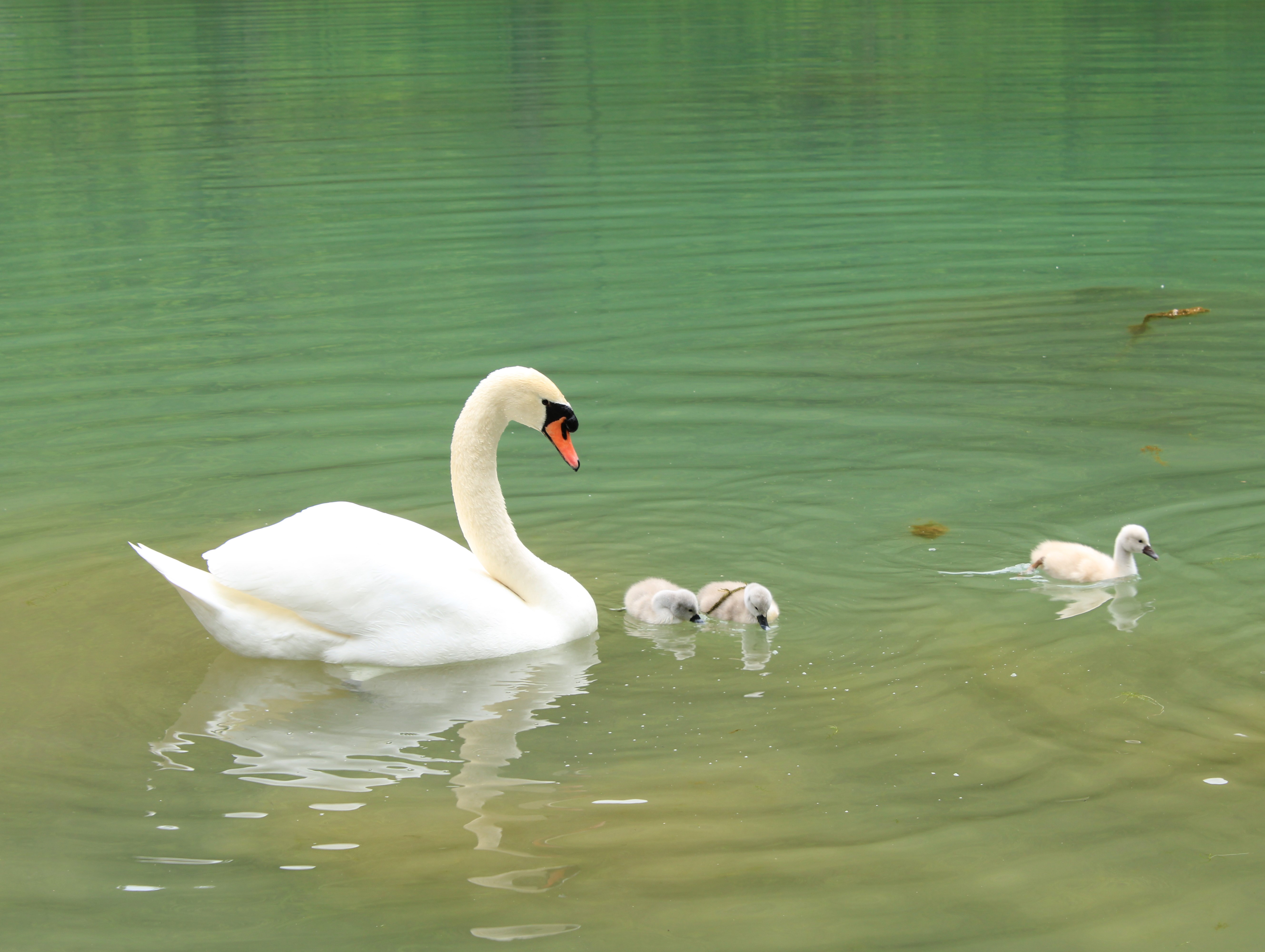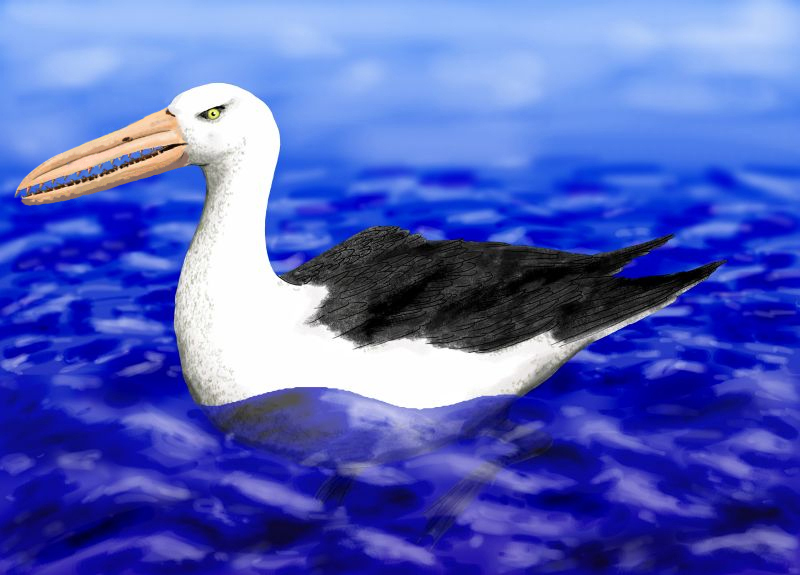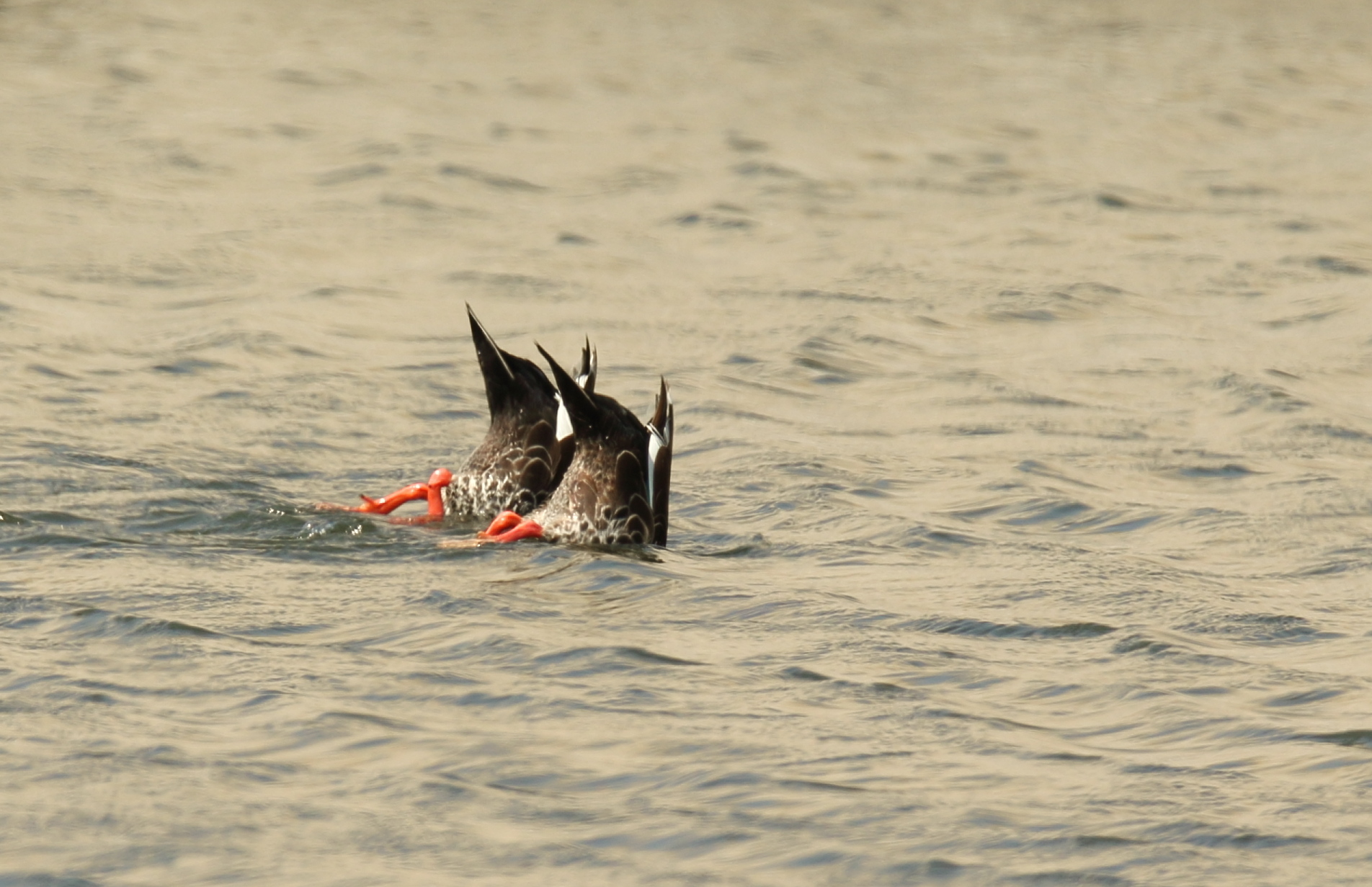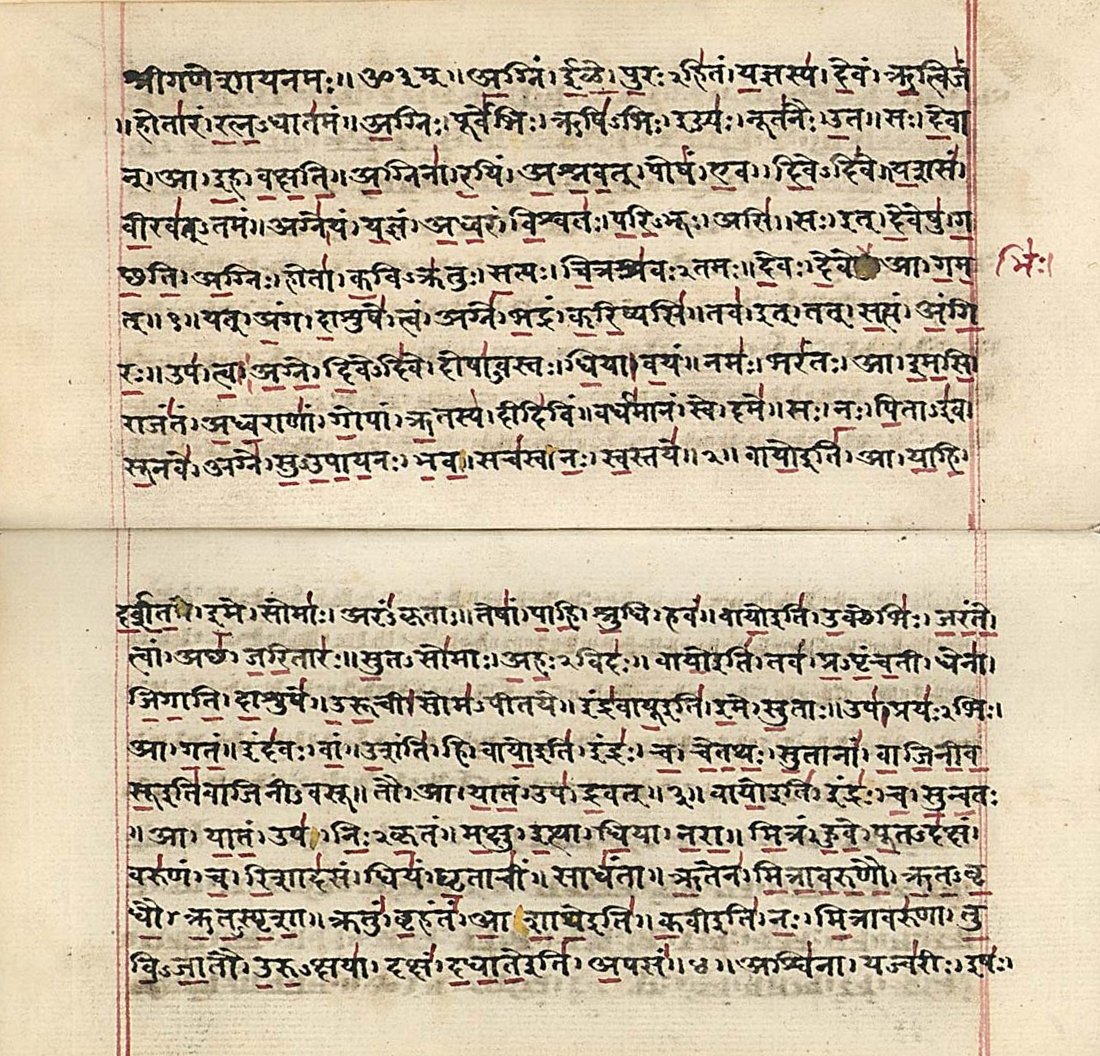|
Duck
Duck is the common name for numerous species of waterfowl in the family (biology), family Anatidae. Ducks are generally smaller and shorter-necked than swans and goose, geese, which are members of the same family. Divided among several subfamilies, they are a form taxon; they do not represent a monophyletic group (the group of all descendants of a single common ancestral species), since swans and geese are not considered ducks. Ducks are mostly aquatic birds, and may be found in both fresh water and sea water. Ducks are sometimes confused with several types of unrelated water birds with similar forms, such as loons or divers, grebes, gallinules and coots. Etymology The word ''duck'' comes from Old English 'diver', a derivative of the verb 'to duck, bend down low as if to get under something, or dive', because of the way many species in the dabbling duck group feed by upending; compare with Dutch language, Dutch and German language, German 'to dive'. This word replaced ... [...More Info...] [...Related Items...] OR: [Wikipedia] [Google] [Baidu] |
Aquatic Bird
A water bird, alternatively waterbird or aquatic bird, is a bird that lives on or around water. In some definitions, the term ''water bird'' is especially applied to birds in freshwater ecosystems, although others make no distinction from seabirds that inhabit marine environments. Some water birds (e.g. wading birds) are more terrestrial while others (e.g. waterfowls) are more aquatic, and their adaptations will vary depending on their environment. These adaptations include webbed feet, beaks, and legs adapted to feed in the water, and the ability to dive from the surface or the air to catch prey in water. The term ''aquatic bird'' is sometimes also used in this context. A related term that has a narrower meaning is waterfowl. Some piscivorous birds of prey, such as ospreys, sea eagles, fish eagles, fish owls, and fishing owls, hunt aquatic prey but do not stay in water for long and live predominantly over dry land, and are not considered water birds. The term waterb ... [...More Info...] [...Related Items...] OR: [Wikipedia] [Google] [Baidu] |
Anatidae
The Anatidae are the biological family (biology), family of water birds that includes ducks, goose, geese, and swans. The family has a cosmopolitan distribution, occurring on all the world's continents except Antarctica. These birds are adapted for aquatic locomotion, swimming, floating on the water surface, and, in some cases, diving in at least shallow water. The family contains around 174 species in 43 genus, genera (the magpie goose is no longer considered to be part of the Anatidae and is now placed in its own family, Anseranatidae). They are generally herbivorous and are monogamy in animals, monogamous breeders. A number of species undertake bird migration, annual migrations. A few species have been domesticated for agriculture, and many others are hunted for food and recreation. Five species have become extinct since 1600, and many more are threatened with extinction. Description and ecology The ducks, geese, and swans are small- to large-sized birds with a broad and elo ... [...More Info...] [...Related Items...] OR: [Wikipedia] [Google] [Baidu] |
Swan
Swans are birds of the genus ''Cygnus'' within the family Anatidae. The swans' closest relatives include the goose, geese and ducks. Swans are grouped with the closely related geese in the subfamily Anserinae where they form the tribe (biology), tribe Cygnini. Sometimes, they are considered a distinct subfamily, Cygninae. They are the largest Anseriformes, waterfowl and are often among the largest Bird flight, flighted birds in their range. There are six living and many extinct species of swan; in addition, there is a species known as the coscoroba swan which is no longer considered one of the true swans. Swans usually mate for life, although separation sometimes occurs, particularly following nesting failure, and if a mate dies, the remaining swan will take up with another. The number of bird egg, eggs in each :wikt:clutch, clutch ranges from three to eight. Taxonomy and terminology The genus ''Cygnus'' was introduced in 1764 by the French naturalist François Alexandre Pier ... [...More Info...] [...Related Items...] OR: [Wikipedia] [Google] [Baidu] |
Anseriformes
Anseriformes is an order (biology), order of birds also known as waterfowl that comprises about 180 living species of birds in three families: Anhimidae (three species of screamers), Anseranatidae (the magpie goose), and Anatidae, the largest family, which includes over 170 species of waterfowl, among them the ducks, goose, geese, and swans. Most modern species in the order are highly adapted for an aquatic existence at the water surface. With the exception of screamers, males have Penis#Birds, penises, a trait that has been lost in the Neoaves, the clade consisting of all other modern birds except the galliformes and paleognaths. Due to their aquatic nature, most species are web-footed. Evolution Anseriformes are one of only two types of modern bird to be confirmed present during the Mesozoic alongside the other dinosaurs, and in fact were among the very few birds to survive their extinction, along with their cousins, the Galliformes. These two groups only occupied two ecologic ... [...More Info...] [...Related Items...] OR: [Wikipedia] [Google] [Baidu] |
Waterfowl
Anseriformes is an order of birds also known as waterfowl that comprises about 180 living species of birds in three families: Anhimidae (three species of screamers), Anseranatidae (the magpie goose), and Anatidae, the largest family, which includes over 170 species of waterfowl, among them the ducks, geese, and swans. Most modern species in the order are highly adapted for an aquatic existence at the water surface. With the exception of screamers, males have penises, a trait that has been lost in the Neoaves, the clade consisting of all other modern birds except the galliformes and paleognaths. Due to their aquatic nature, most species are web-footed. Evolution Anseriformes are one of only two types of modern bird to be confirmed present during the Mesozoic alongside the other dinosaurs, and in fact were among the very few birds to survive their extinction, along with their cousins, the Galliformes. These two groups only occupied two ecological niches during the Mesozoic, ... [...More Info...] [...Related Items...] OR: [Wikipedia] [Google] [Baidu] |
Goose
A goose (: geese) is a bird of any of several waterfowl species in the family Anatidae. This group comprises the genera '' Anser'' (grey geese and white geese) and '' Branta'' (black geese). Some members of the Tadorninae subfamily (e.g., Egyptian goose, Orinoco goose) are commonly called geese, but are not considered "true geese" taxonomically. More distantly related members of the family Anatidae are swans, most of which are larger than true geese, and ducks, which are smaller. The term "goose" may refer to such bird of either sex, but when paired with "gander", "goose" refers specifically to a female one ("gander" referring to a male). Young birds before fledging are called goslings. The collective noun for a group of geese on the ground is a gaggle; when in flight, they are called a skein, a team, or a wedge; when flying close together, they are called a plump. Etymology The word "goose" is a direct descendant of Proto-Indo-European ''*ǵʰh₂éns''. In Germanic lang ... [...More Info...] [...Related Items...] OR: [Wikipedia] [Google] [Baidu] |
Dabbling Duck
The Anatinae are a subfamily of the family Anatidae (swans, geese and ducks). Its surviving members are the dabbling ducks, which feed mainly at the surface rather than by diving. The other members of the Anatinae are the extinct moa-nalo, a young but highly apomorphic lineage derived from the dabbling ducks. There has been much debate about the systematical status and which ducks belong to the Anatinae. Some taxonomic authorities only include the dabbling ducks and their close relatives, the extinct moa-nalos. Alternatively, the Anatinae are considered to include most "ducks", and the dabbling ducks form a tribe Anatini within these. The classification as presented here more appropriately reflects the remaining uncertainty about the interrelationships of the major lineages of Anatidae (waterfowl). Systematics The dabbling duck group, of worldwide distribution, was delimited in a 1986 study to include eight genera and some 50–60 living species. However, Salvadori's teal ... [...More Info...] [...Related Items...] OR: [Wikipedia] [Google] [Baidu] |
Magpie Goose
The magpie goose (''Anseranas semipalmata'') is the sole living representative species of the family Anseranatidae. This common waterbird is found in northern Australia and southern New Guinea. As the species is prone to wandering, especially when not breeding, it is sometimes recorded outside its core range. The species was once also widespread in southern Australia but disappeared from there largely due to the drainage of the wetlands where the birds once bred. Due to their importance to Aboriginal people as a seasonal food source, as subjects of recreational hunting, and as a tourist attraction, their expansive and stable presence in northern Australia has been "ensured yprotective management". Description Magpie geese are unmistakable birds with their black and white plumage and yellowish legs. The feet are only partially webbed, and the magpie goose feeds on vegetable matter in the water, as well as on land. Males are larger than females. Unlike true geese, their molt i ... [...More Info...] [...Related Items...] OR: [Wikipedia] [Google] [Baidu] |
Drake
Drake may refer to: Animals and creatures * A male duck * Drake (mythology), a term related to and often synonymous with dragon People and fictional characters * Drake (surname), a list of people and fictional characters with the family name * Drake (given name), a list of people and fictional characters with the given name * Drake (musician) (born 1986), Canadian rapper, singer, and actor Places United States * Drake, Arizona, an unincorporated community * Drake, Colorado, an unincorporated community * Drake, Illinois, an unincorporated community * Drake, Kentucky, an unincorporated community * Drake, Missouri, an unincorporated community * Drake, North Dakota, a town * Drake, North Carolina, a place in Nash County near Dr. Franklin Hart Farm * Drake, South Carolina, an unincorporated community * Drake Park, Bend, Oregon * Drake Peak, Oregon Antarctica * Drake Passage, between Cape Horn and Antarctica * Drake Head, Oates Land, a headland * Drake Icefa ... [...More Info...] [...Related Items...] OR: [Wikipedia] [Google] [Baidu] |
Screamer
The screamers are three South American bird species placed in Family (biology), family Anhimidae. They were thought to be related to the Galliformes because of similar beak, bills, but are more closely related to the family Anatidae, i.e. ducks and allies, and the magpie goose, within the clade Anseriformes. The clade is exceptional within the living birds in lacking uncinate processes of ribs. The three species are: The horned screamer (''Anhima cornuta''); the southern screamer or crested screamer (''Chauna torquata''); and the northern screamer or black-necked screamer (''Chauna chavaria''). Systematics and evolution Anhimids are most similar to Presbyornithidae, presbyornithids, with which they may form a clade to the exclusion of the rest of Anseriformes. Given the presence of lamelae in the otherwise fowl-like beaks of screamers, it is even possible that they evolved from Presbyornithidae, presbyornithid-grade birds, reverting from a filter-feeding lifestyle to an herbivoro ... [...More Info...] [...Related Items...] OR: [Wikipedia] [Google] [Baidu] |
Ancient Greek Language
Ancient Greek (, ; ) includes the forms of the Greek language used in ancient Greece and the classical antiquity, ancient world from around 1500 BC to 300 BC. It is often roughly divided into the following periods: Mycenaean Greek (), Greek Dark Ages, Dark Ages (), the Archaic Greece, Archaic or Homeric Greek, Homeric period (), and the Classical Greece, Classical period (). Ancient Greek was the language of Homer and of fifth-century Athens, fifth-century Athenian historians, playwrights, and Ancient Greek philosophy, philosophers. It has contributed many words to English vocabulary and has been a standard subject of study in educational institutions of the Western world since the Renaissance. This article primarily contains information about the Homeric Greek, Epic and Classical periods of the language, which are the best-attested periods and considered most typical of Ancient Greek. From the Hellenistic period (), Ancient Greek was followed by Koine Greek, which is regar ... [...More Info...] [...Related Items...] OR: [Wikipedia] [Google] [Baidu] |
Sanskrit
Sanskrit (; stem form ; nominal singular , ,) is a classical language belonging to the Indo-Aryan languages, Indo-Aryan branch of the Indo-European languages. It arose in northwest South Asia after its predecessor languages had Trans-cultural diffusion, diffused there from the northwest in the late Bronze Age#South Asia, Bronze Age. Sanskrit is the sacred language of Hinduism, the language of classical Hindu philosophy, and of historical texts of Buddhism and Jainism. It was a lingua franca, link language in ancient and medieval South Asia, and upon transmission of Hindu and Buddhist culture to Southeast Asia, East Asia and Central Asia in the early medieval era, it became a language of religion and high culture, and of the political elites in some of these regions. As a result, Sanskrit had a lasting effect on the languages of South Asia, Southeast Asia and East Asia, especially in their formal and learned vocabularies. Sanskrit generally connotes several Indo-Aryan languages# ... [...More Info...] [...Related Items...] OR: [Wikipedia] [Google] [Baidu] |









